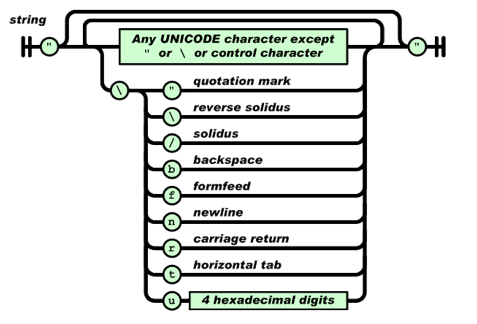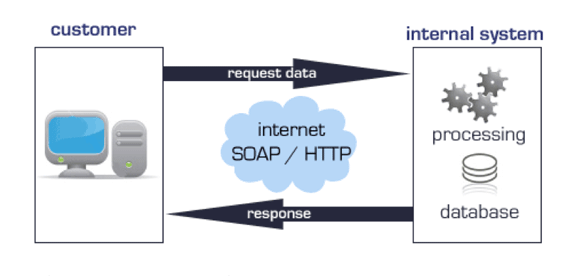IT organizations still rely heavily on COBOL applications to support their core business functions. In today’s environment, it is essential to maximize the investment in business logic, while continuing to expose the business logic contained within those environments, for access throughout the enterprise computing ecosystem.
JSON (JavaScript Object Notation) is a human-readable data structure, used for transmission of data objects. It is arranged in attribute pairs and data types very similar to XML.

Web Services, which were extensively promoted beginning in the mid-2000’s (Implementing CICS Web Services, IBM Redbook, October 2007), were all part of the Service-Oriented Architecture (SOA). CICS Transaction Server v3.1 (GA March 2005) enabled CICS to function both as a Web Service provider and a Web Service requestor. The concept of Web Services is to be platform and language independent, providing interoperability without regard for any particular hardware or software environment. Web Services functionality has continued to be promoted and supported as a strategic integration development architecture.

- Is it self-contained and modular?
- Can the Web-Service Description Language (WSDL) allow for all information needed as a “provider?”
- Can the Web-Service Description Language (WSDL) allow for all information needed as a “requester?”
WEB SERVICES TOOLING
There are two important batch modules (Web Services Assistants), included within the CICS system, to enable the generation of WSDL. These are and DFHLS2WS and DFHWS2LS. DFHLS2WS allows for the generation of WSDL from an existing Copybook or data structure (think of it as “Linkage-Section to WSDL”). DFHWS2LS is used to generate a Copybook or data structure for an existing WSDL (“WSDL to Linkage-Section”). Most COBOL developers will have existing Linkage-Section Copybooks, and then generate WSDL to enable invocation as a Web Service.
IBM Rational Developer for z Systems also provides a convenient, eclipse-based facility for top-down or bottom-up generation of Web Services components. It allows the developer to easily generate WSDL from within the Integrated Development Environment (IDE).
IBM MobileFirst (formerly WorkLight) is a powerful development platform to enable mobile applications and web service integrations to existing business logic. In leveraging CICS, as both a Web Service provider and as a Web Service requestor, clients can rapidly “mobile-enable” core applications.
Enabling existing application business logic, by promoting Web Services and JSON, can provide significant benefits to an organization—reduced costs, enhanced functionality and improved service. And, this is done while providing much needed integrations across applications, platforms and language.
If you’re interested in having Mainline assist you in evaluating this or any other technology, please contact your Mainline Account Executive, or contact Mainline directly.
